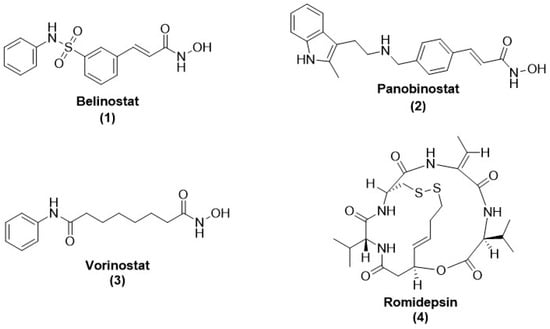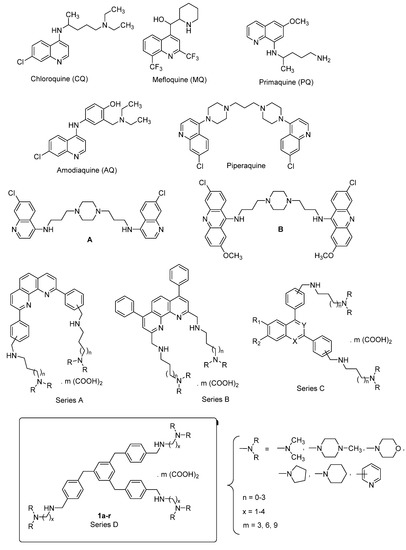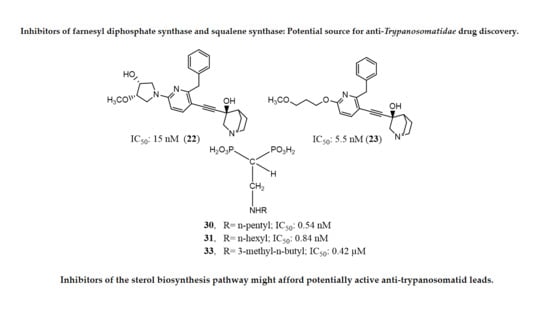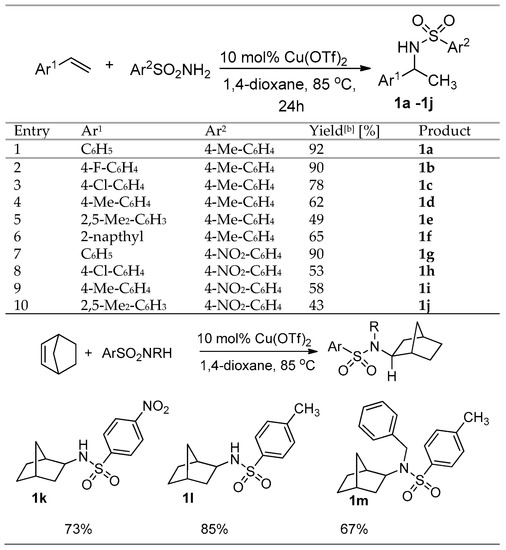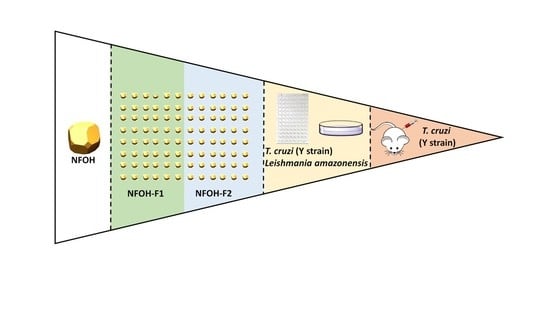Anti-Parasite Drug Discovery
A topical collection in Drugs and Drug Candidates (ISSN 2813-2998). This collection belongs to the section "Medicinal Chemistry and Preliminary Screening".
Viewed by 12253Editor
Interests: parasitology; antiparasite chemotherapy; mechanism of action of antiparasite drugs; drug resistance; leishmaniasis
Special Issues, Collections and Topics in MDPI journals
Topical Collection Information
Dear Colleagues,
I would like to announce an opportunity for you to publish a paper in this Special Issue, entitled “Anti-parasite drug discovery”, published in the new MDPI journal Drugs and Drug Candidates.
This Topical Collection has been launched to provide a forum for the dissemination of the latest studies in this field, including all approaches based on drug design, chemical synthesis, the biological evaluation of new compounds, and their development through the pipeline of drug candidates.
The identification and development of more specific drugs that are less toxic than those presently used in both medical and veterinary clinics are clearly needed for the chemotherapy of parasitic diseases. Such a challenge involves complementary approaches where chemistry is the basis of drug innovation.
In a OneHealth context that implies respect for the environment, virtuous approaches must be considered, including green chemistry through a reduction in the use of toxic solvents, and the reduction in the number of synthesis steps through new synthesis pathways, in order to reduce the cost of anti-parasite drug production (these drugs being mainly used in developing countries).
I hope that you will consider submitting a manuscript for publication in this Topical Collection, which has no deadline, as the accepted manuscripts will be published as they are received.
Prof. Dr. Philippe Loiseau
Collection Editor
Manuscript Submission Information
Manuscripts should be submitted online at www.mdpi.com by registering and logging in to this website. Once you are registered, click here to go to the submission form. Manuscripts can be submitted until the deadline. All submissions that pass pre-check are peer-reviewed. Accepted papers will be published continuously in the journal (as soon as accepted) and will be listed together on the collection website. Research articles, review articles as well as short communications are invited. For planned papers, a title and short abstract (about 100 words) can be sent to the Editorial Office for announcement on this website.
Submitted manuscripts should not have been published previously, nor be under consideration for publication elsewhere (except conference proceedings papers). All manuscripts are thoroughly refereed through a single-blind peer-review process. A guide for authors and other relevant information for submission of manuscripts is available on the Instructions for Authors page. Drugs and Drug Candidates is an international peer-reviewed open access quarterly journal published by MDPI.
Please visit the Instructions for Authors page before submitting a manuscript. The Article Processing Charge (APC) for publication in this open access journal is 1000 CHF (Swiss Francs). Submitted papers should be well formatted and use good English. Authors may use MDPI's English editing service prior to publication or during author revisions.
Keywords
- anti-parasite agents
- drugs
- drug candidates
- medicinal chemistry
- anti-parasite evaluation
- in vitro and in vivo models
- pharmacokinetics
- metabolism
- toxicity




